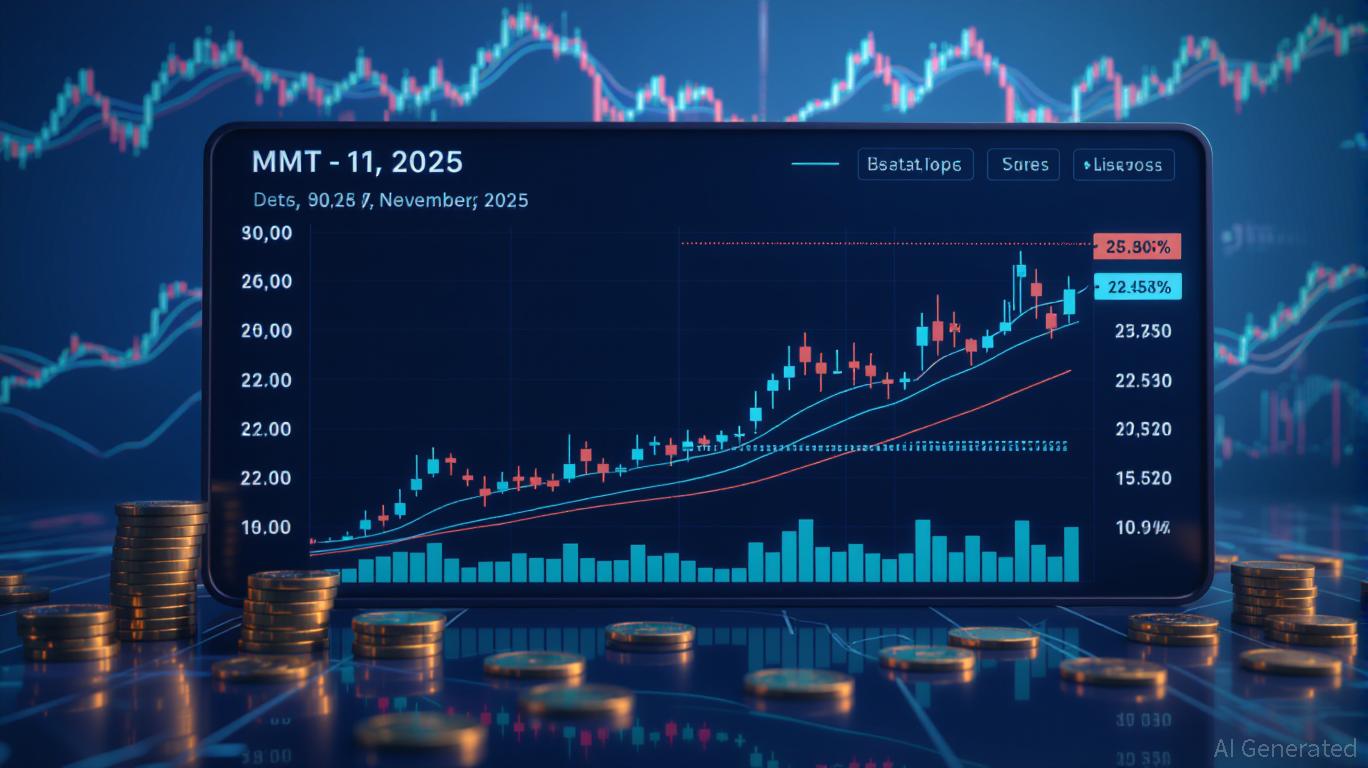Earlier this year, U.S. Immigration and Customs Enforcement (ICE) spent $825,000 on vehicles from a company that supplies law enforcement with specialized technology, including “cell-site simulators”—devices that mimic cellphone towers to monitor nearby mobile phones.
Publicly available documents show that the contract, dated May 8, was for “Cell Site Simulator (CSS) Vehicles” to aid the Homeland Security Technical Operations program, and included a modification to add more CSS vehicles.
The agreement was made with TechOps Specialty Vehicles (TOSV), a company based in Maryland. TOSV had previously entered into a similar deal with ICE in September 2024 for $818,000, indicating that their partnership goes back before the Trump administration.
Jon Brianas, president of TOSV, told TechCrunch via email that he could not share specifics about the ICE contracts or the vehicles, citing “trade secrets.” However, Brianas did confirm that TOSV supplies cell-site simulators, though they do not manufacture them.
“We don’t produce the electronic, communications, or technology parts; instead, we incorporate those products into our vehicle designs,” Brianas explained, but would not disclose where TOSV obtains its cell-site simulators.
This contract is the most recent example highlighting the technology behind the Trump administration’s efforts to enforce deportations.
In September, Forbes reported on a newly unsealed search warrant revealing that ICE had used a cell-site simulator to locate an individual allegedly involved with a criminal gang and ordered to be deported in 2023. The article also mentioned a contract for “cell site simulator vehicles,” but did not identify the company supplying the vans.
Cell-site simulators are sometimes called “stingrays,” a name originating from early models produced by defense contractor Harris (now L3Harris). Over time, “stingray” has become a general term for these devices, which are also referred to as IMSI catchers. (IMSI stands for International Mobile Subscriber Identity, a unique identifier for every cellphone user worldwide.)
As their name implies, cell-site simulators impersonate cellphone towers, causing all nearby phones to connect to them and allowing authorities to pinpoint the physical location of those devices and their users.
Some of these simulators are also capable of capturing phone calls, text messages, and internet data.
Law enforcement can also request information from regular cellphone towers to track a suspect’s location, but this method is often less accurate.
Devices like stingrays have been used by police for over ten years, sparking controversy because officers sometimes deploy them without a warrant, and critics argue that these tools can sweep up data from innocent bystanders. Their use is also highly secretive, as agencies are bound by strict non-disclosure agreements that prevent them from revealing operational details.
ICE has a documented history of deploying cell-site simulators. In 2020, records obtained by the American Civil Liberties Union revealed that ICE used these devices at least 466 times between 2017 and 2019. BuzzFeed News previously reported that the agency used them more than 1,885 times from 2013 to 2017.
ICE acknowledged receiving TechCrunch’s inquiry but did not answer questions regarding the vehicles’ intended use, their recent deployment, or whether warrants are always obtained before using cell-site simulators.
From surveillance vans to mobile libraries
Located just outside Washington D.C., TOSV offers a variety of customizable vehicles for law enforcement, including vans for SWAT teams, bomb disposal units, and vehicles designed for “mobile lab” and covert surveillance operations.
TOSV’s website features several “projects” for police, such as DHS Mobile Forensic Labs, which are associated with the Department of Homeland Security.
The site describes these mobile forensic labs as being “outfitted for on-site forensic work and documentation,” with “secure storage for evidence and investigative equipment,” and the ability to “update case files and log evidence efficiently.”
Another offering is the “DHS Mobile Command Van,” which TOSV says can be “customized for advanced surveillance and mission management.”
It is not clear whether these vans are the same ones equipped with cell-site simulators, as TOSV’s website does not mention the surveillance technology.
ICE has also contracted TOSV for mobile forensic labs, but the specific technologies inside these vans are not detailed.
TOSV’s website also advertises “bookmobiles,” which are essentially mobile libraries, as well as vehicles for medical and fire department use.


